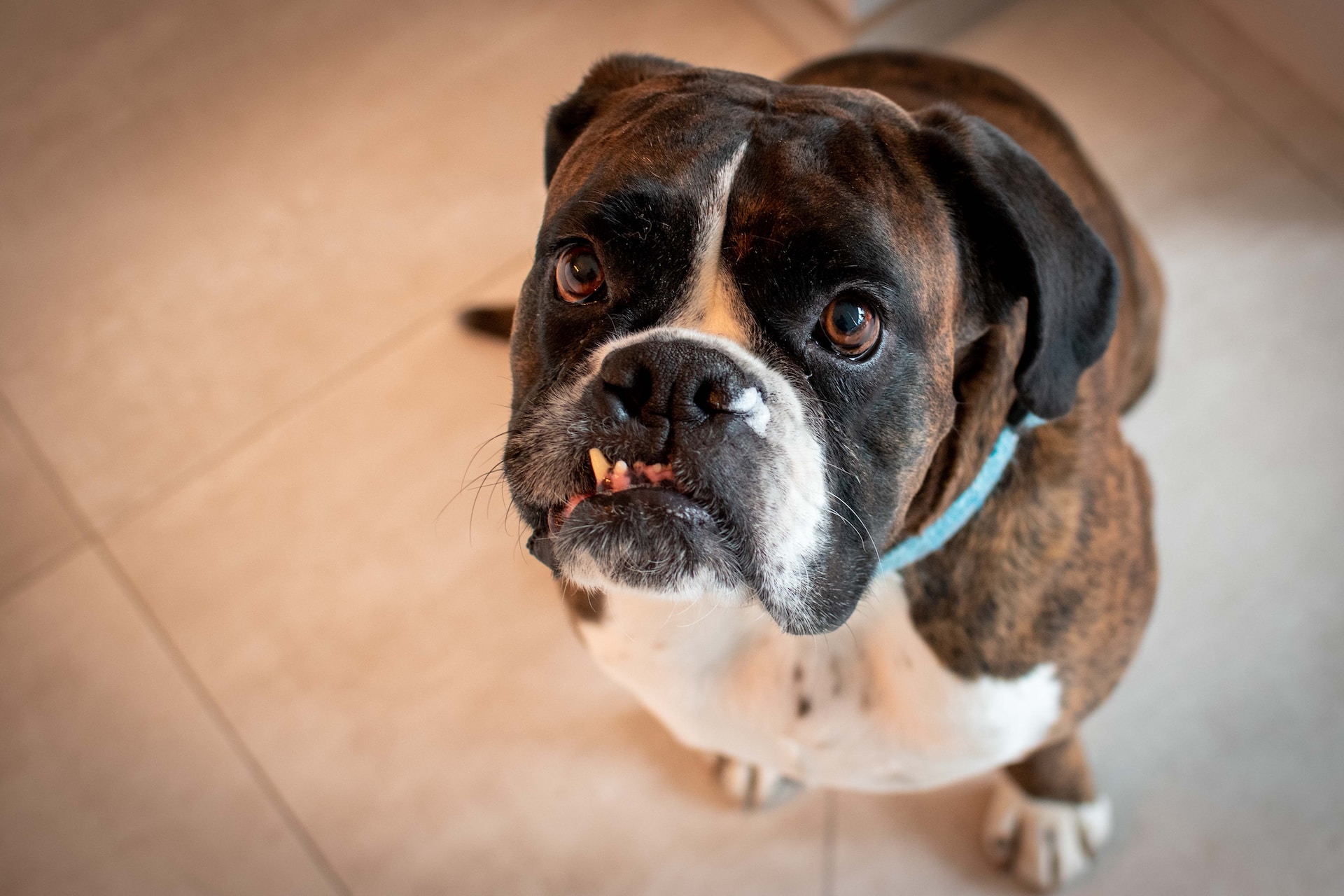
22 Aug Malocclusion Basics
What is a malocclusion?
Malocclusions, or abnormal bites, are a rather common occurrence in our 4-legged family members. Up to 25-35% of pets may be affected by a malocclusion. Some malocclusions are now considered normal for certain breeds of both dogs and cats. Pets that may come to mind with these abnormal bites include Bulldogs, Boxers, Shih Tzus, and even Persian cats. Although they will be classified as malocclusions, interventions may not be necessary if otherwise “normal.”
In other instances, malocclusions are considered abnormal and may lead to pain, oral trauma, or potentially expedite dental disease. In these cases, early intervention may prevent prolonged and progressive issues.
Classes of Malocclusions
Malocclusions fall under different classes, Class 1-4, depending on the teeth and jaw relationships. Class 1 malocclusions describe those with normal jaw lengths but having at least one tooth in an abnormal location. An example of this is a lanced canine (mesioversion.) The image below is an example of a “lanced” canine or mesioverted canine, meaning the upper canine is pointed directly at the lips rather than in its normal position. The dog that we classically think of for this condition is the Sheltie.

Class 1 Malocclusion – Mesioverted left maxillary canine (Lanced tooth) in a 7-month-old Rat Terrier Mix
Class 2 malocclusions are defined as those where the upper jaw (maxilla) is abnormally longer than the lower jaw (mandible). Common terms used to describe this style of bite include “Parrot mouth,” “overbite,” or “overshot bite.” Often, this type of bite creates traumatic injury to the palate/roof of the mouth from the lower canines and incisors. If left to cause repeated trauma, we frequently see holes in the roof of the mouth/palate and at times dead or non-vital teeth on the maxilla/upper jaw, and advanced destruction to the affected areas.

Class 2 malocclusion – mandibular brachygnathia in a 15 week old Labrador
Class 3 malocclusion, the most common malocclusion, describes abnormal jaw lengths resulting in a lower jaw that is longer than the upper jaw. This type of malocclusion is considered breed-standard for many dogs including Bulldogs, French Bulldogs, Shih-tzus, Boxers, etc. However, there are dogs that are born with this jaw discrepancy when it is not considered normal for the breed. These occlusions, although they often do not result in truly painful bites as the Class 2 malocclusions can, they can lead to significant trauma to the mandibular teeth. Frequently, the upper incisors create divots on the gums of the lower jaw and often create frequent and repetitive concussive injuries to the lower incisors. These bites may also create abnormal contact between upper and lower canines or lateral (3rd) incisors, leading to wear or attrition of these teeth. At times, these abnormal contact points may even prevent the dog from being able to fully close its mouth. When this happens, the severity of the malocclusion is increased to a Class 4, and known as an “Open Bite.”

Class 3 malocclusion with attrition (wear) to the upper (maxillary) 3rd incisor and the lower mandibular canine

Right side of the same malocclusion as above – additional attrition on the right mandibular canine and maxillary incisor
Impacts of Malocclusions
Malocclusions can be extremely painful and detrimental to the oral cavity and surrounding teeth/structures. Additionally, crowded, rotated, and abnormally located teeth can also lead to early and more advanced periodontal disease. Below is a clinical image of a 7 year old dog with lower canines (mandibular) that are more narrow than they should be (linguoverted), which lead to a traumatic wound to the palate (roof of the mouth). This was not only an extremely painful lesion, but also created tremendous bone loss around the upper (maxillary) canine, leading to an abnormal communication between the oral cavity and nasal cavity, known as an oronasal fistula. Due to this traumatic malocclusion, the upper canine needed to be extracted along with treatment for the lower canine to remove this repeated trauma. A case such as this could have been prevented much earlier in this dog’s life, avoiding the long-term damage to the oral cavity.

7 year old dog with chronic palatal trauma due to a malocclusion. Upon further investigation, the canine was found to be non-vital (and had died many years prior) with a secondary oronasal fistula due to chronic bone loss and trauma
Once a malocclusion has been diagnosed, treatment options may range from simply monitoring for traumatic or occlusal issues to orthodontic movement or selective extractions. See the recent blog on Orthodontic movement for more information on therapy options.
If your pet has a malocclusion, whether they are a puppy or an older dog, do not hesitate to reach out to your primary veterinarian or the team of Your Pet Dentist to see if intervention or treatment may be necessary.
Photo by David Kemptner-Rauscher from Unsplash


